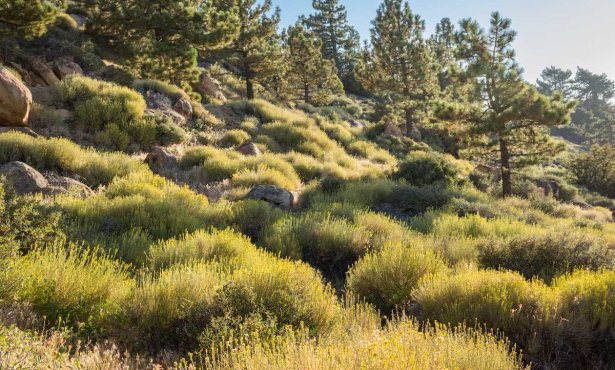Cat Canyon: The Sleeping Giant
Recent Wins Aren’t Permanent, Environmentalists Warn
By Tyler Hayden

One after another, they fell like dominoes: three proposals to vastly expand oil production at the Cat Canyon field just outside Santa Maria. Taken together, the trio of projects would have added 760 new wells to the area, effectively tripling Santa Barbara County’s onshore oil production and introducing a whopping 700,000 metric tons of CO2 into the atmosphere every year. “It was kind of crazy,” said Katie Davis, vice-chair of the Los Padres chapter of the Sierra Club, who stood shoulder-to-shoulder with other environmentalists in stiff opposition.
But between April and November of 2020, the companies behind the plans — PetroRock, Aera Energy, and Cat Canyon Resources — withdrew their applications, citing steep declines in world oil markets and the political uncertainty of facing a County Board of Supervisors that skews left. “They saw the writing on the wall,” said Davis, who celebrated the withdrawals as a “major victory” but also cautioned this week that the proposals could be revived should economic and political winds shift back in the companies’ favor.
“That’s why we’re staying really engaged,” explained Linda Krop, chief counsel for the Environmental Defense Center. Krop pointed to a pending aquifer exception for Cat Canyon still being pushed by the companies that would grease the skids for any new activity in the area. The exemption from the EPA is needed because the producers hope to use intensive extraction technology — such as steam injection to loosen hydrocarbons deep in the ground — to squeeze more oil out of the 114-year-old field, which sits below an aquifer that supplies water to 150,000 residents in and around Santa Maria. “It’s really scary,” said Krop. “If there’s any contamination, we’re done. You can’t clean up an underground water aquifer.”
What’s also scary, Krop continued, was the discovery that the state agency that oversees exemption applications — the California Geologic Energy Management Division (CalGEM), formerly the Division of Oil, Gas, and Geothermal Resources (DOGGR) — conducts a minimal amount of environmental review and public engagement before sending its recommendation to the EPA. “The process is really lacking,” Krop said, “and the exemptions usually get approved.” To fix that, Krop and others are trying to get legislation passed that would require a higher level of scrutiny from CalGEM. They’re already in talks with Representative Salud Carbajal and Santa Barbara’s state lawmakers, Monique Limón and Steve Bennett.
Separate but related is a recent order from the EPA to the state to perform a “conduit analysis” of Cat Canyon and five other oil fields around California to determine what water supplies may be unknowingly linked to the sites. The study is expected to be completed by September, and Krop said her office is working hard to ensure there is total transparency, including a public hearing, around the findings.
Because Cat Canyon is tucked away in northern Santa Barbara County — out of sight and often out of mind — it’s important to remain vigilant on behalf of the people who live near the field, Krop explained. Because of the sizable oil operations that already exist there, residents are some of the most vulnerable in the state to air and water pollution. “We just cannot layer another threat on them,” Krop insisted. “Yes, we have been really successful so far, but those successes are not permanent.”
Click here to read the other stories in our cover package, “Is Big Oil Dead in Santa Barbara?”




You must be logged in to post a comment.